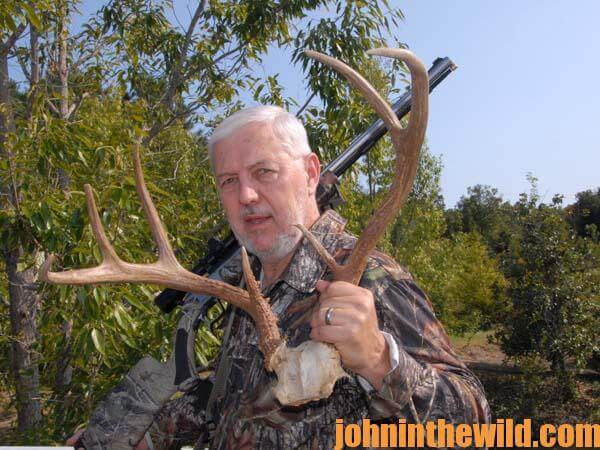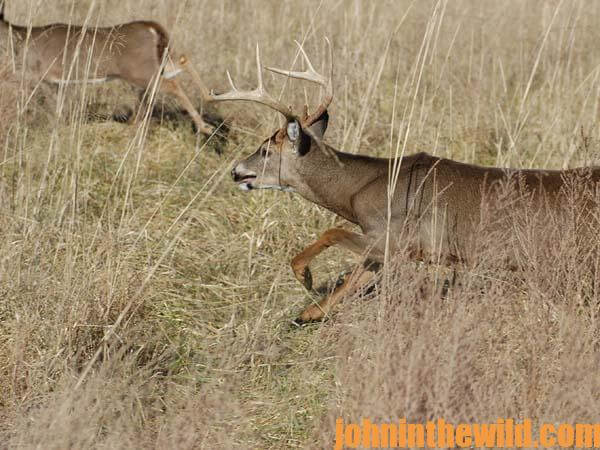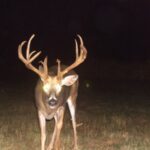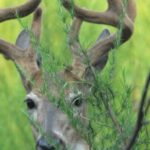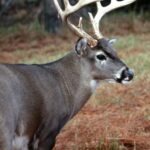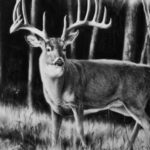John’s Notes: To bag a very big buck this season with a short shot, learn to hunt places no one else will hunt. Look for buck signs where you only may see 20 to 50 yards. Instead of hunting sites where you can shoot to the maximum range of your slug gun, hunt spots where you’ll get a short shot at a big buck.
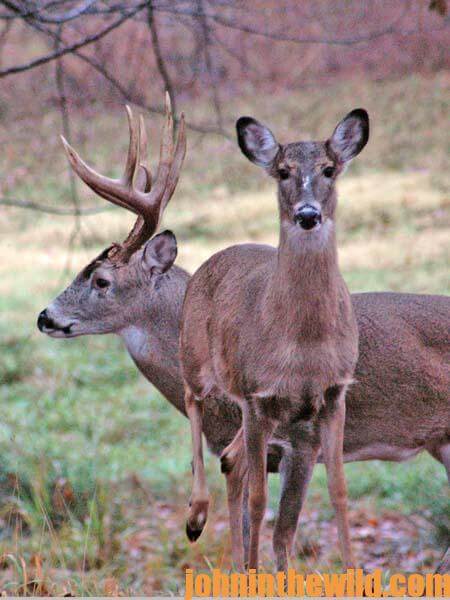 At any time during hunting season, the late Nathaniel Davis of Boligee, Alabama, one of the best slug gun hunters I ever met, might bring in a big buck.
At any time during hunting season, the late Nathaniel Davis of Boligee, Alabama, one of the best slug gun hunters I ever met, might bring in a big buck.
He never told anybody where or how he hunted. But in his later years when he hunted less, he shared his secret with me. The property we hunted on the Tombigbee River in west central Alabama had 10 huge gallberry thickets. These impenetrable gallberry thickets grew straight up for about 3 to 4 feet and then bushed out like blueberries. Although most of us on the lease believed larger bucks lived in these thickets, we never could determine how to get into them without spooking the deer we hoped to take.
Davis explained to me, “I crawl into those thickets on my hands and knees. I move very slowly, and I look a lot. I know I won’t spot a buck in that dense growth. But I may see a buck’s leg or the white underside of his belly. Generally I won’t see a deer at more than 25 or 30 yards. I’ll go into a gallberry thicket only on windy or rainy days. The sound of the wind and/or the rain covers the sound of my movement through the thicket. Once I see a buck, I often get on my belly and crawl inch by inch until I get to a spot where I can take a shot.”
Davis also used another tactic when he located clearings as small as 10- to 12-yards wide in a thicket. Sometimes he 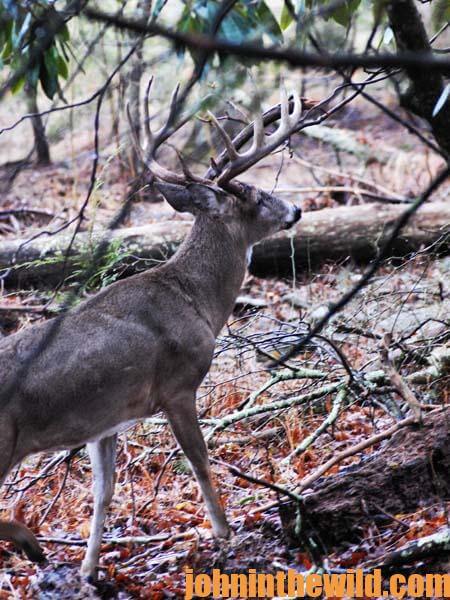 found the deer had worn trails crossing through or on the edges of those openings. He’d get on his stomach in the thick cover and watch the clearings for the bucks to appear. “The more hunting pressure in the woods on the days I hunt, the better my odds for taking a big buck out of one of those gallberry thickets,” Davis said. “The rest of you fellows banging those tree stands and walking through the woods drive the deer to me. By moving on my hands and knees or crawling on my belly, I can go slowly enough not to even spook a squirrel. I’ve had quail walk within 5 feet of me before and squirrels climb gallberry bushes not 2-feet over my head.”
found the deer had worn trails crossing through or on the edges of those openings. He’d get on his stomach in the thick cover and watch the clearings for the bucks to appear. “The more hunting pressure in the woods on the days I hunt, the better my odds for taking a big buck out of one of those gallberry thickets,” Davis said. “The rest of you fellows banging those tree stands and walking through the woods drive the deer to me. By moving on my hands and knees or crawling on my belly, I can go slowly enough not to even spook a squirrel. I’ve had quail walk within 5 feet of me before and squirrels climb gallberry bushes not 2-feet over my head.”
Several factors make this type hunting the most deadly short-shot strategy I know, because . . .
* you hunt places no one else hunts;
* you move so slowly, you don’t spook game;
* the wind and/or the rain hide the sound of your movements;
* a deer doesn’t expect to see a hunter on the ground in thick cover; and
* you leave little evidence of where you’ve hunted, even when you bag a deer. Seldom will another hunter find your secret spot and go to it.
To learn more about deer hunting, you can get John E. Phillips’ Kindle eBooks, “How to Hunt and Take Big Buck Deer on Small Properties,” “How to Hunt Deer Up Close: With Bows, Rifles, Muzzleloaders and Crossbows,” “PhD Whitetails: How to Hunt and Take the Smartest Deer on Any Property,” “How to Take Monster Bucks,” and “How to Hunt Deer Like a Pro,” or to prepare venison, get “Deer & Fixings.” Click here to get these books.
Share this page with a friend!
About the Author
John Phillips, winner of the 2012 Homer Circle Fishing Award for outstanding fishing writer by the American Sportfishing Association (ASA) and the Professional Outdoor Media Association (POMA), the 2008 Crossbow Communicator of the year and the 2007 Legendary Communicator chosen for induction into the National Fresh Water Hall of Fame, is a freelance writer (over 6,000 magazine articles for about 100 magazines and several thousand newspaper columns published), magazine editor, photographer for print media as well as industry catalogues (over 25,000 photos published), lecturer, outdoor consultant, marketing consultant, book author and daily internet content provider with an overview of the outdoors.

